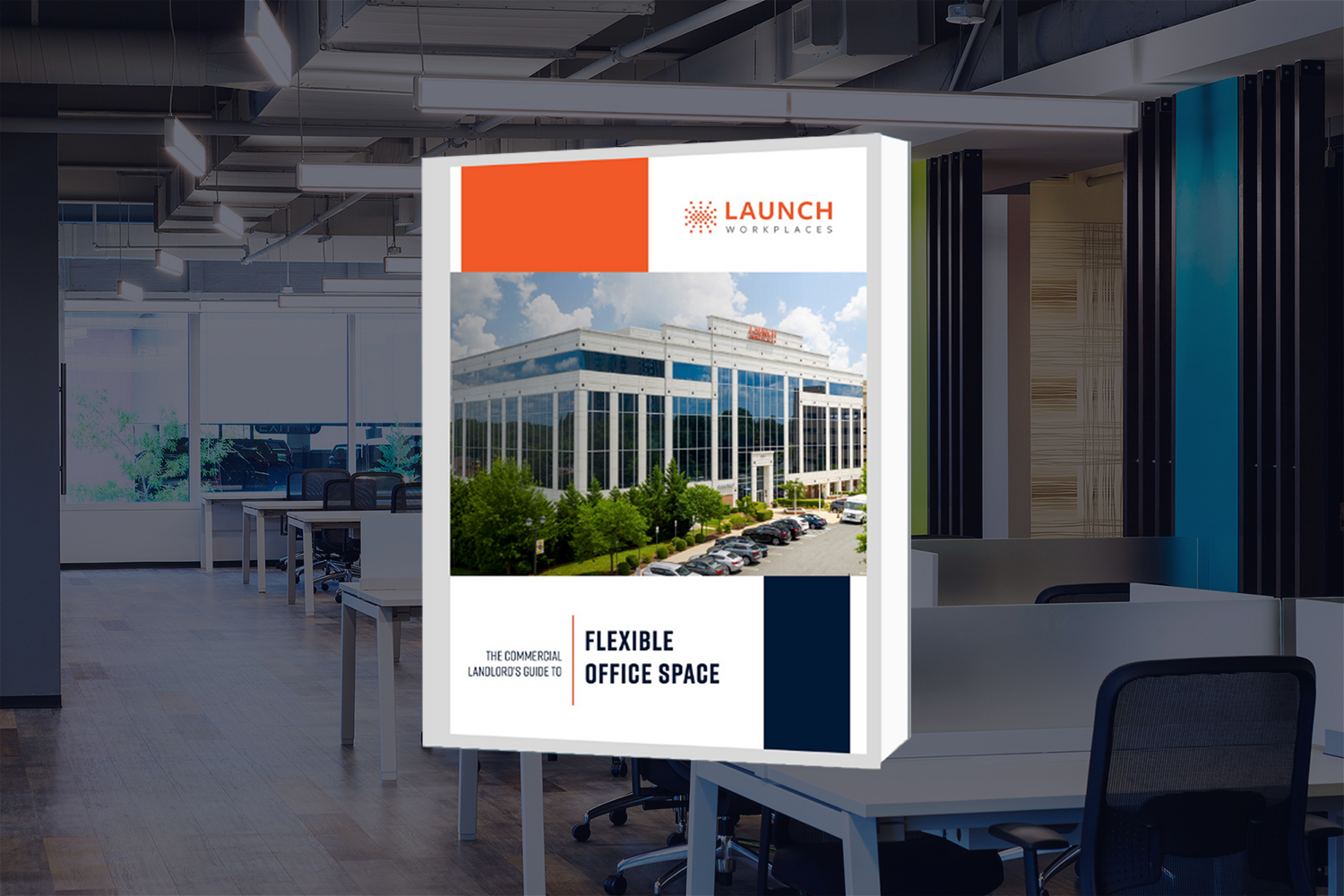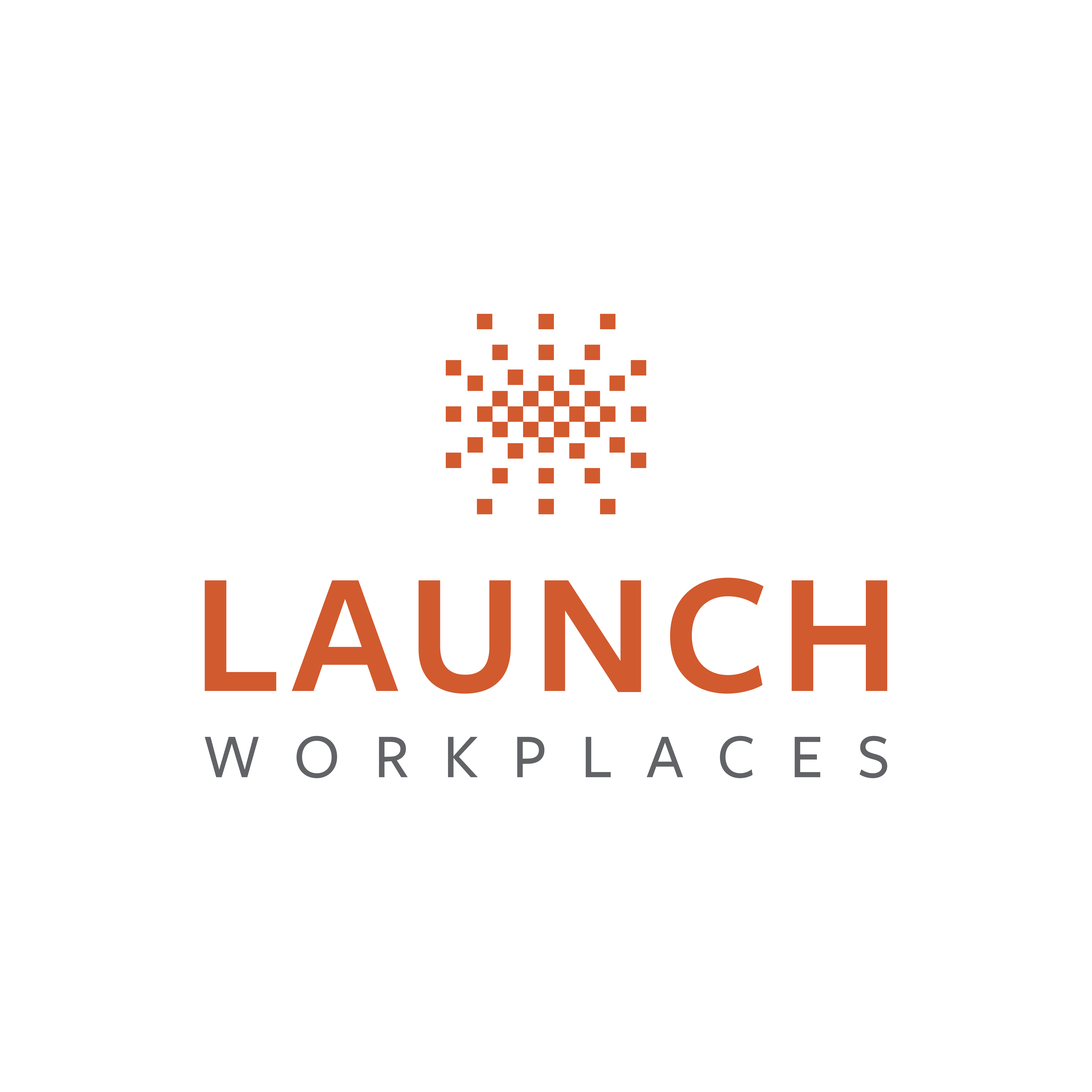The coworking world has come a long way in the past few years.
What was once a backpack industry catered to solopreneurs wanting shared office space has evolved into a viable option for large corporate teams and everyone in between. Coworking has even expanded to encompass co-medical facilities, co-warehousing, management agreements for commercial landlords, and beyond.
With the lack of interest in office buildings (from everyone), we are on the verge of seeing the next big step in our industry: fully-serviced coworking spaces being implemented into mixed-use real estate projects.
For developers, working with a coworking operator to implement a great workspace into your building plans presents an opportunity for massive upside potential.
Let me explain.
The Connection Between Coworking and Mixed-Use Real Estate Developments
Every great coworking location offers a specific array of features and amenities, including walkability and close proximity to restaurants, fitness centers, entertainment, and more.
Great mixed-used real estate developments are the same.
The smartest developers are now taking the opportunity to incorporate full-service workplaces into their plans before breaking ground.
From a high-level perspective, coworking and mixed-used developments should fit together like a hand in a glove.
The potential benefits for developers and their buyers are massive.
The Benefits of Incorporating Coworking Spaces Into Mixed-Use Buildings
Think of it this way: the real money in mixed-used projects generally comes from selling apartments. You might have 1,000 units or more in the building, and the key to selling them is to increase the renter’s value proposition.
With the rise of remote work, more people are working from home than ever before—including people cooped up in their apartments, living and working in the same few hundred square feet.
Incorporating coworking into these developments is a natural fit. These serviced office environments should be an extension of the apartment experience.
For one, it provides the people living in those buildings with top-tier, professional workspaces with the ultimate convenience. They don’t even have to leave the building, but they still get some separation between home and work.
These spaces would also create a true sense of community within the development, providing a place where people can connect and opportunities for events hosted by the coworking operator, the building tenants, and the owner.
Launch Workplaces aims to activate every building we operate in—not just the space within our own walls.
The same could apply to mixed-use developments.
So, for developers willing to look at their development holistically and consider ways to improve the entire experience rather than solely focusing on a desired price per square foot, this could be a big sales driver.
Developers and coworking operators should even collaborate to design the space to match the project’s style and vibe.
The Strategic Considerations for Coworking in Mixed-Use Buildings
Some important considerations need to be addressed to gauge the viability of coworking spaces in mixed-use developments.
Prospective Coworking Tenants
First, it’s important to look at the location of your building and the prospective tenant mix.
Who will be living there? What do they do for work? Where are they currently working?
By their nature, mixed-use developments likely have a built-in membership base to sustain a coworking business.
Development Mandates
To secure permits, many mixed-use developments are required to implement things like park space and communal elements.
This also extends to an office space component.
If you’re being forced to allocate a certain percentage of the development to office space, it stands to reason that it should be a space the tenants actually want to use—not one that simply exists to check a box.
Capitalization of Coworking in Your Building
You also need to consider the capitalization of your development and the potential coworking space.
If the coworking center is capitalized as part of the building’s retail component, it has to produce revenue. But if it is capped as an amenity, there is less pressure for it to produce revenue and profit.
Incorporating coworking into your mixed-use project would be a big driver of retail revenue for the development.
The Size of Your Coworking Space
It’s also vital to consider the size of the coworking space.
Is it big enough for a good operator to make money? Or is it so small that it’s constrictive to people who don’t have a tech platform and can’t have it fully staffed?
Ultimately, there’s a precipice. If the workspace is smaller than 15,000 square feet, it becomes more difficult to bring in the expense of running a good coworking operation. But if it’s larger than 30,000 square feet, it could be too big for a mixed-use development to make money.
Why You Should Consult with a Trusted Operator If You’re Considering Coworking in Your Mixed-Use Project
If coworking is a realistic consideration for your mixed-use development, I’d implore you to talk to an experienced coworking operator.
Why?
Having a coworking operator involved in the planning of your mixed-use project can help you create a more efficient plan for how to scope and execute the coworking operation successfully.
And the right operator will listen to you as a developer, understand what’s important to you, and create a true, ground-up partnership rather than simply planting a flag with their brand in your project once it’s already been built.
If you want to learn more about whether flexible office space is right for your mixed-use development, download my resource, The Commercial Landlord’s Guide to Flexible Office Space, or get in touch with me today. I’d be happy to talk you through the benefits it can offer you.




